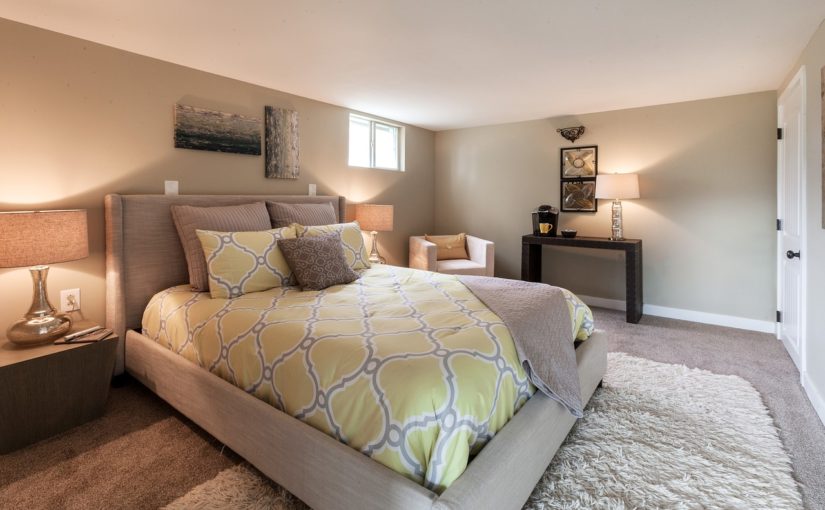
Do you know finishing your basement will give a return of 70 to 75% on your investment?
An unfinished basement works perfect as extra storage space, but it could be of greater value if you finish it. It’s possible to convert that basement into a billiard room or a new office through remodeling.
Remodeling and finishing a basement is costly, but you can spend less if you opt for the DIY version. However, this will demand creativity and a considerable amount of time.
Below is a step-by-step guide to remodeling a basement.
Step 1: Decide How You Want to Use the Space
Before you begin renovating your basement, have a plan on how you will use the space. Understanding what you want will help you decide everything from what color to paint the walls to the type of floor you want.
Common basement ideas for a newly renovated basement include a home gym, a playroom for kids, or an added bedroom.
Step 2: Come Up With a Budget
Before you begin to renovate your basement, ensure you determine how much the project will cost. A budget is a vital step to the whole renovation process.
A budget should steer you in the right direction regarding what finishing features and materials to use.
Step 3: Clear Your Space
To begin basement renovation, clean out everything currently occupying basement space. This will offer you space to work conveniently.
Step 4: Carry Out a Moisture Test
If you were using your basement for storage, dampness might not have been a concern. However, moisture and dampness could be a significant problem now that you are ready to renovate it.
You can test for moisture through a humidity test or by running a calcium chloride test. If the relative humidity is below 40%, you are good to go. However, anything close to 80 indicates you need to take corrective actions.
Installing a dehumidifier and keeping air circulating will help correct the situation.
Step 5: Apply for Permits
Before renovating your basement, ensure you familiarize yourself with local codes for renovations. At times, you might require to apply for a building permit to ascertain your building fulfills the requirements for renovations.
Step 6: Insulate Your Basement
Once you are done with preparation, it’s time to start renovating. Begin with insulating the walls.
Use spray foam or foam board as insulation. This will help reduce energy costs and increase comfort levels in your basement.
Step 7: Paint and Floor Your Basement
To have your basement walls looking great, add several coats of paint. Once you are done with painting, choose a basement décor that matches your style.
The flooring in your basement can set a tone for your entire basement. Floating floors with laminate are a good choice.
Also one can choose to go with carpets. Click here for basement carpeting advice and recommendations.
Remodeling a Basement Made Easy
Remodeling a basement doesn’t have to be a daunting task if you follow these steps. However, if you run into trouble, it’s best to call home renovation experts for professional help.
For more home improvement guides, visit our website today.





















